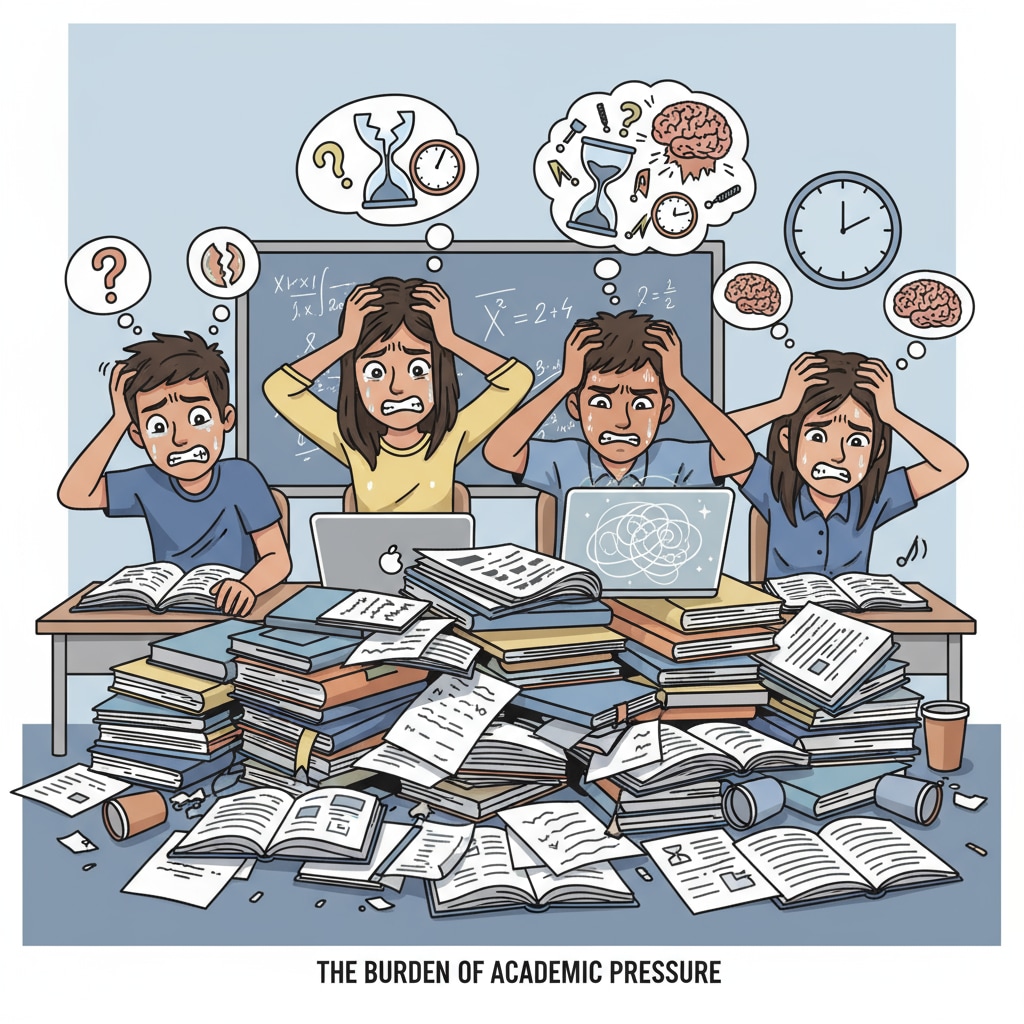Learning anxiety, self-doubt, and learning difficulties are common challenges that many teenagers face during their academic journey. These issues can significantly impact a teen’s performance, motivation, and overall well-being. Understanding the causes and finding effective solutions is crucial for helping them thrive in their studies.

The Origins of Learning Anxiety
Learning anxiety often stems from various factors. High expectations from parents, teachers, or oneself can create immense pressure. For example, a teen who feels the need to always achieve top grades may become overly anxious. Additionally, a heavy workload and tight deadlines can contribute to this anxiety. According to the American Psychological Association, anxiety can interfere with concentration and memory, making it harder for students to learn effectively.

The Cycle of Self-Doubt
Self-doubt usually starts when a teen experiences setbacks in their learning. A poor test score or difficulty understanding a complex concept can lead to thoughts of inadequacy. Once self-doubt sets in, it can be a vicious cycle. The lack of confidence may cause them to avoid challenging tasks, which in turn limits their learning and reinforces the self-doubt. As Wikipedia states, a healthy self-esteem is essential for academic success.
To break this cycle, teens need to recognize their strengths and past achievements. This can help them build a more positive self-image and regain confidence in their abilities.
Overcoming learning anxiety, self-doubt, and learning difficulties is a journey, but with the right strategies, teens can break through the fog and embrace a more confident and successful learning experience. By addressing the root causes and implementing practical solutions, they can build a healthy learning mindset and achieve their full potential.
Readability guidance: Keep paragraphs short and use lists to summarize key points. For example, under each H2, present a list of causes or solutions. Control the use of passive voice and long sentences. Add transition words like “however”, “therefore”, “in addition”, “for example”, and “as a result” throughout the text to enhance flow.


